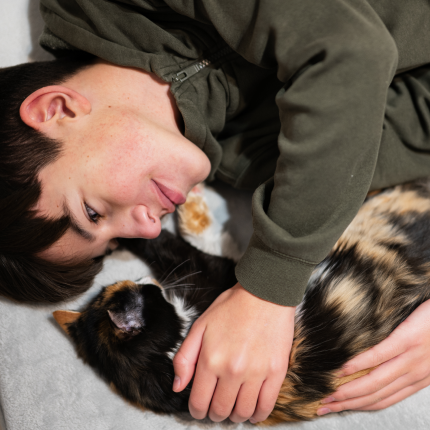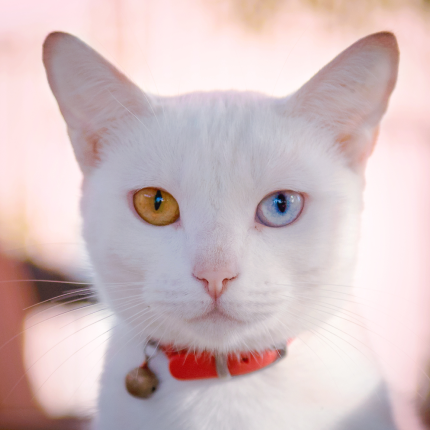Can Cats Read Human Emotions?

Cats: mysterious, aloof, and independent creatures that have captured our hearts for centuries. While we often marvel at their enigmatic behavior, recent research sheds light on a fascinating aspect of feline cognition: their ability to recognize and respond to human and cat emotions.
In a groundbreaking study led by Angelo Quaranta and his team, including Serenella d’Ingeo, Rosaria Amoruso, and Marcello Siniscalchi, researchers delved into cats’ emotional worlds. Their findings, published in the journal Animals, unveil the intricate ways in which cats perceive and interact with the emotions of humans and their fellow felines.
Cracking the Code
One of the fundamental aspects of social interaction is the ability to perceive and understand the emotions of others. This skill is paramount for animals living in social groups, including domestic cats. While previous studies have explored cats’ sensitivity to human communicative signals, their perception of emotions, both from fellow cats and humans, remained largely uncharted territory.
The study investigated whether cats can recognize and respond to emotional cues, both from their own kind and from humans. To achieve this, researchers designed a series of experiments involving auditory and visual stimuli representing different emotional states.
The Experiment
Ten domestic cats, ranging in age from 2 to 10 years old, participated in the study. All living in households with human companions, the feline participants were presented with various emotional stimuli, including fellow cat vocalizations (such as purring and hissing) and human expressions of happiness and anger.
Using a cross-modal paradigm, the researchers observed how cats responded to these stimuli, measuring both their visual attention and behavioral reactions. What they discovered was nothing short of remarkable.
Results
The results revealed that cats can cross-modally match auditory and visual emotional cues from fellow cats and humans. When presented with emotional vocalizations paired with corresponding facial expressions, cats consistently showed a preference for the congruent emotional face.
Moreover, the study found that cats exhibited different levels of stress depending on the valence of the emotion perceived. While positive emotions, such as human happiness and fellow cat purring, elicited minimal stress responses, negative emotions, like human anger and fellow cat hissing, led to heightened stress levels and vigilance.
These findings offer profound insights into cats’ socio-cognitive abilities, highlighting their capacity to understand and respond to the emotional cues of their social partners. Understanding cats’ emotional intelligence enriches our appreciation for these beloved companions and has practical implications for improving their welfare in the domestic environment.
Furthermore, the study opens up new avenues for research into the complex interplay between humans and animals. By unraveling the mysteries of feline cognition, we gain a deeper understanding of the bonds that connect us with our feline friends.
As we continue to explore the fascinating world of animal behavior and cognition, studies like this one remind us of the rich tapestry of emotions that unite us with our animal companions. In the intricate dance of human-animal relationships, cats are not merely passive observers but active participants with unique perspectives on the world around them.

Featured Articles

Why Do Cats Roll Over Into Their Backs But Not Let You Touch Their Bellies?
It’s common knowledge dogs love to have their tummies rubbed when they freely lay down before you and roll onto their backs. But, if you’re also familiar with cats, you know that when they roll onto their backs with their bellies exposed, rubbing the belly will most likely result in…

The Odd-Eyed Cat (AKA Heterochromia)
Cats are already beautiful and fascinating creatures, but people are bound to take notice when they have something as captivating as two different colored eyes. Odd-eyed cats always have one blue eye paired with either a green, yellow, or brown eye. This form of heterochromia occurs in other animals, including…

Greebles and Cats: The Origin and the Meaning
You may have seen an internet sensation concerning cats labeled “greebles.” Feel out of the loop? We’re here to help you. In 2019, Reddit user /user/literallyatree commented on a Reddit post about a cat that looks like it’s trying to slap a ghost. This user commented: “My family calls things…
